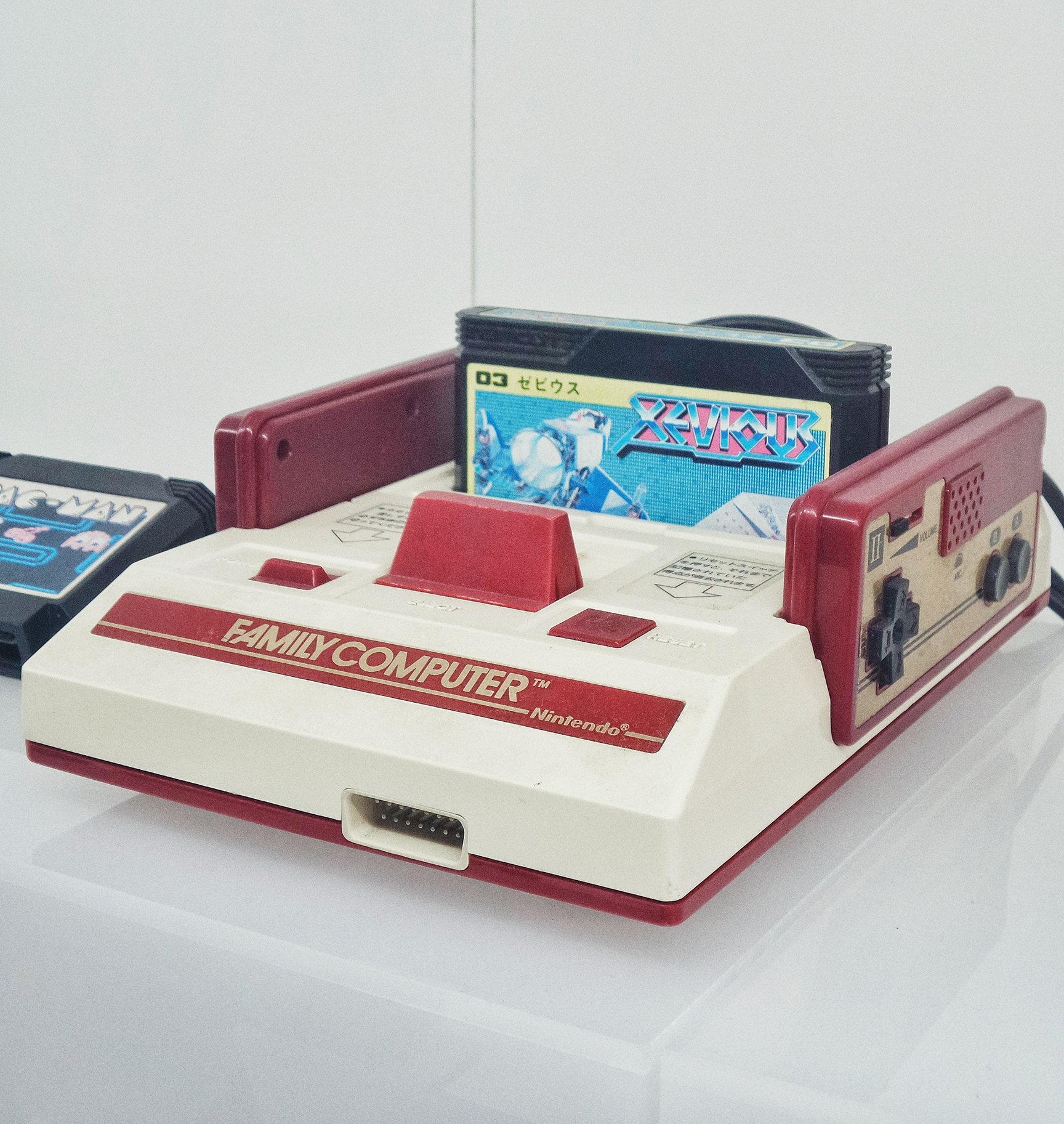The Gaming Consoles
With teams worldwide currently competing for various Esports World Cups, it’s astonishing to see how far competitive gaming has come. Yet, the roots of this thrilling esports universe can be traced back to a revolutionary device—the gaming console. This unassuming piece of technology laid the foundation for the esports spectacle we now witness, proving that beneath its unassuming exterior, the gaming console is the unsung hero of this digital revolution.
History
The history of gaming consoles is a tale of rapid development, transformation, and the rise of iconic games and brands. It takes us from the pioneering days of Atari to the emergence of the Family Computer (Famicom) by Nintendo. In the late 1970s, Atari left an indelible mark on the gaming world with the Atari 2600, a home video game console that popularized playing video games on a television screen, with classics like “Pong” and “Space Invaders” ushering in the home console era.
However, the gaming industry faced a severe crisis in the early 1980s, often referred to as the Video Game Crash of 1983, driven by an oversaturation of low-quality games and a proliferation of gaming consoles. Atari was particularly affected, struggling to maintain game quality and consumer trust. Amidst the industry chaos, Nintendo introduced the Nintendo Entertainment System (NES) in North America in 1985, a console marked by strict quality control and the iconic “Super Mario Bros.” as a game-changer. Developed by Shigeru Miyamoto, it introduced players to the heroic plumber Mario, whose adventures in the Mushroom Kingdom set new standards for video games.
In the evolution of gaming consoles, there’s a rich history of innovation and iconic games that have paved the way for the current state of gaming. These pioneering titles, like “The Legend of Zelda,” “Sonic the Hedgehog,” and the classic “Tetris,” showcased expansive, story-driven games and lightning-fast platformers. Games like “Halo: Combat Evolved” and “Grand Theft Auto III” pushed the boundaries of open-world gameplay, while “Minecraft” emphasized creativity and sandbox-style play. These influential games have left an indelible mark on their respective consoles, showcasing the hardware’s technical capabilities while capturing gamers’ imaginations.
The evolution of gaming consoles, from the humble beginnings of Pong to the groundbreaking experiences of games like “Super Mario Bros.” and “The Legend of Zelda,” stands as a testament to human ingenuity and the enduring appeal of interactive entertainment. Gaming consoles have consistently redefined the boundaries of what’s possible in the digital realm.
As teams compete for Esports World Cups, it’s essential to remember the pivotal role played by these unassuming devices in laying the foundation for competitive gaming. The gaming console, often overlooked in favor of its flashy counterparts, has been the unsung hero of this digital revolution. Its influence is imprinted on every cheering crowd, nail-biting match, and heart-pounding moment in esports.
While we celebrate the incredible journey of gaming consoles and the games that have shaped them, we must also recognize the enduring spirit of gaming. It’s a pastime that unites individuals, transcending borders and backgrounds, and forging connections through shared experiences. Gaming is a celebration of creativity, problem-solving, and innovation, providing a stage for players to become heroes, adventurers, and champions in their own right.
So, as we cheer for our favorite esports teams and reminisce about the golden age of consoles, let’s also remember that gaming has the power to inspire, connect, and redefine what’s possible. The gaming console, a silent innovator, has opened doors to a world where anyone can be a hero, no matter where they come from. In this arena, the real winners are those who carry the spirit of gaming into their lives, fostering creativity, camaraderie, and an unending quest for adventure.



























